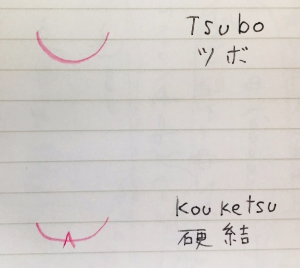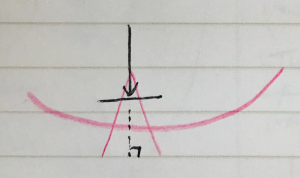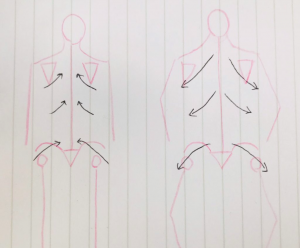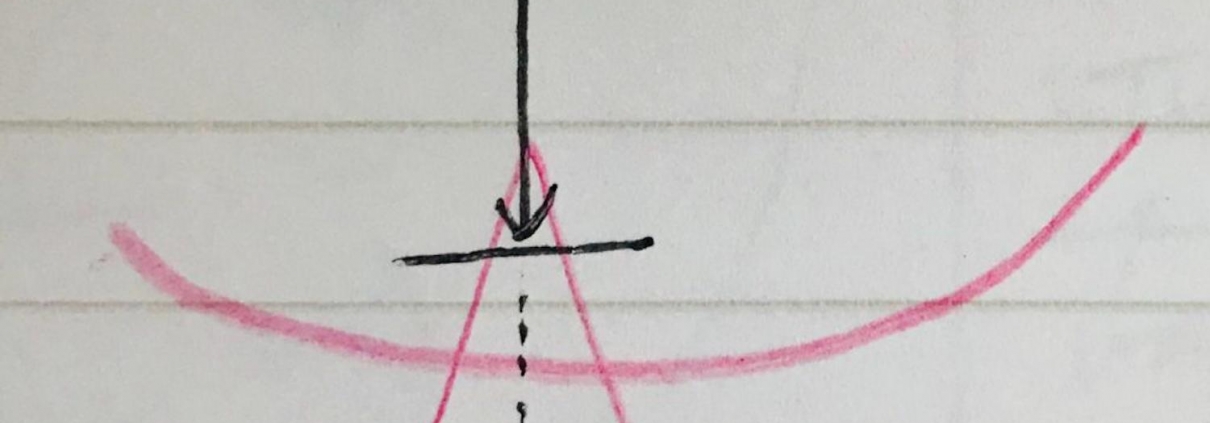Experience the Respect for Life in Imoto Seitai: How It Differs from Other Therapies
“What is the difference between Seitai and other therapies (Shiatsu, Massage, etc.)?” This is a question I am frequently asked.
Unfortunately, as Imoto Seitai is the only method I have studied in depth, I cannot confidently compare it with other therapies. However, I would like to share my humble observations based on my experiences.
Respect for Life
The very first lesson in Imoto Seitai is to “Never forget the deepest respect for Life.” While mastering the technique is crucial, practitioners must always remember that their training partner’s life is unique and invaluable. Even professional practitioners may sometimes treat a patient’s body as routine work, especially when busy. This is considered extremely disrespectful in Imoto Seitai. One of my teachers emphasised, “If you forget the feeling of awe when you touch your patients, you should resign as a Seitai practitioner.”
Koketsu
If you know Eastern medicine, you must have heard of Tsubo (acupoints). They are slight depressions on the body’s surface. I once heard they were called Tsubo because they mean “a pot (container) that holds a precious treasure.” In Imoto Seitai, we are taught that within these subtle hollows lies a treasure called “Koketsu.”

Koketsu feels like a small grain of rock salt with a sharp edge. When you correctly press this point at the right angle and with appropriate pressure for a sufficient time, it provides a specific stimulation that resonates through the body to the problematic area.

This knowledge was traditionally a secret among grand masters of Acupuncture, passed down to a few disciples. However, that was until Dr. Imoto disclosed it; now that this is the very basics of the Imoto Seitai method. It yields its maximum effect after going through a few more processes, which I will omit here.
The central axis
In addition to correctly pressing Koketsu, Imoto Seitai practitioners focus on “gathering the strength of the body into the center of axis.”

The diagram is an exaggeration, but even for the same person, as they get tired, the position of their shoulder blades and ribs will spread out, changing from the state shown on the left to the one on the right.
When the body’s strength is concentrated at its center, the spinal column supports the body’s weight effectively, allowing us to move quickly and think swiftly without feeling the burden of our own weight. When the body’s strength is centered, it alleviates unnecessary strain, allowing the body to relax. This improves the hematic, lymphatic, and neurological flow, enhancing the excretion of poisons, wastes and superfluous fat.
Practitioners of Imoto Seitai are always mindful of “gathering into the center” during treatments and exercises. This principle was discovered by Dr. Kuniaki Imoto through extensive clinical experience.
Techniques of Imoto Seitai are compiled based on this principle, and we call it Human Body Dynamics.


